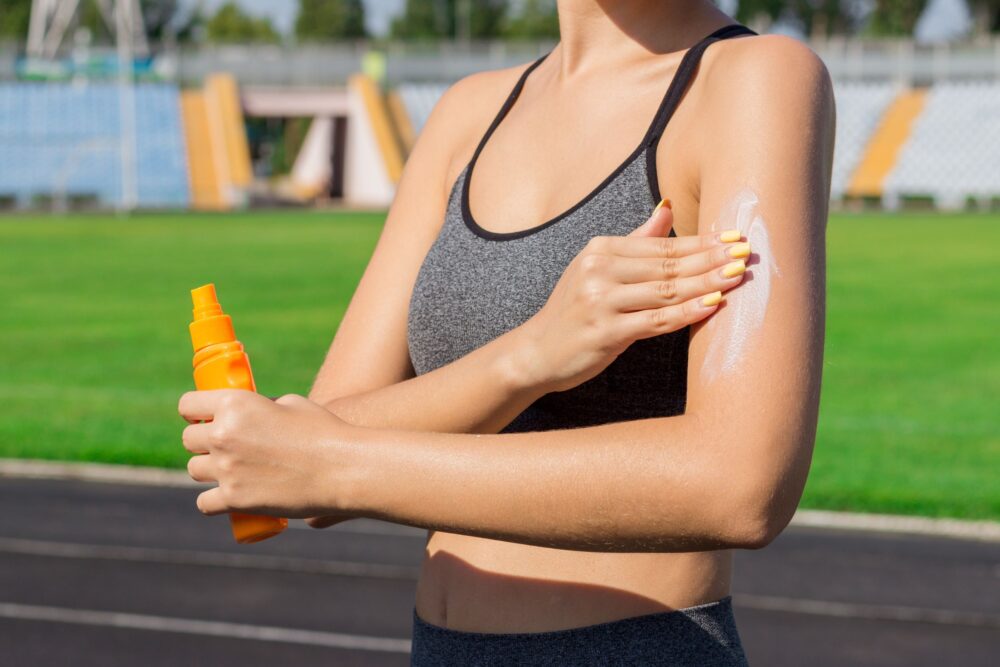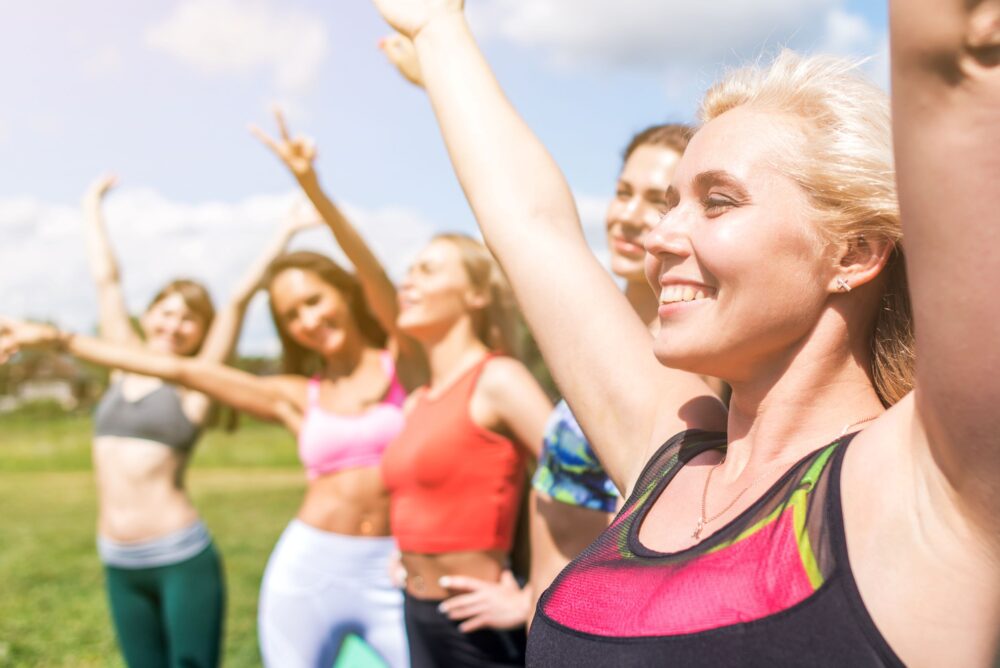Workouts In Hot Weather: How To Keep Cool
Follow these summer fitness tips to ensure your workout is safe and fun.
Oh my – it’s blazing hot this week, isn’t it? With the long, hot summer days spent grilling and drinking beer, it’s tough to stay fit during the summer. In hot weather, you may barely be able to stand the idea of wearing a Lycra outfit.
Whatever you’re doing, whether jogging, shooting hoops or walking, be cautious when it’s hot outside.
How can working out in the heat be challenging?
Your body is overworked when exercising in the heat. Heatwave exercise is dangerous if you don’t take precautions. A workout and high humidity or heat increase the body’s internal temperature.
Humidity makes it harder to cool down since perspiration evaporates more slowly. Thus, your body will have to exert more effort to stay cool, causing your heart rate to rise.
Dehydration and salt loss can also result from excessive sweating. Your body contains approximately 60% water, and water is essential to all bodily processes. Exercise causes you to lose a significant amount of fluid, as much as a litre or two per hour, primarily through sweat and respiration. The fluids in your body are depleted even more if the weather is warm and humid. As a result, you may feel lethargic and fatigued since circulation is disrupted.
Fitness goes hand in hand with following certain rules, whether it’s what equipment to use, what to wear, or what to eat. A reference guide such as this one can serve as a springboard for any summer activity.
This summer, stay safe and active by following these tips
Drink lots of water
A common misconception is that drinking water will make you feel hotter and therefore hotter still, but in fact, it helps your body keep cool. Dehydration can also lead to cramps and heat illness, so don’t skimp on the fluids.
We’d recommend sipping a bottle of water every half hour or so – at least till you’re no longer thirsty. A little tip: frozen bottles of water are great for keeping hydrated when it’s especially hot outside. They’ll melt as you drink them and keep you cool without making your hands sweatier than usual.
Don’t forget the sunscreen!
Make sure that you’re wearing sunscreen all year round, but especially when it’s hot outside. This is particularly important for children as they tend to be more active in warmer weather, and are more likely to burn easily.
Dermatologists recommend that adults should use a sunscreen with SPF 30 or higher if they are going to be exercising outdoors for even less than an hour every day, and children under six should use a sunscreen with SPF 15 or higher if they plan on spending any time in direct sunlight.
Wear the right gear
Wear lightweight, breathable clothes when you’re exercising in the heat. They’ll let your sweat evaporate and keep you cool. Also, make sure that you’re wearing the right shoes for your activity. If they’re not made of a material that allows moisture to evaporate quickly then they’ll be less effective at keeping you cool.
Wear light coloured workout attire and avoid wearing dark colours, which tend to absorb heat and more energy from the sun. Also, try not to wear any kind of reflective material like reflective tape or stickers on your clothes.
Drink isotonic sports drinks
Sports drinks contain lots of electrolytes and will help re-hydrate you after exercise during high temperatures.
Make sure that you don’t drink too much, though – remember to keep an eye on your body temperature too! If your water bottle is empty there are some portable water fountains available in parks and other public spaces where it’s cooler, so make sure to fill up before heading back out for another session!
Avoid alcohol and caffeine
As tempting as it might be to down a few beers or cups of coffee to stay alert during that afternoon training session, don’t do it! It’s not worth the risk of overheating during your workout (which can lead to heat exhaustion) or feeling drowsy after – which could put you at risk while driving home in the evening rush hour traffic!
If you know how much caffeine is in your drinks (and whether they contain alcohol) then this may help you limit your intake if needed.
Try to avoid the hotter parts of the day
Early morning workout or late evening exercise regime can be more enjoyable as it is cooler. It is typically the hottest time of the day between 11 am and 3 pm in midday sun.
Make sure you stay in shady spaces, such as wooded areas or close to buildings. Air-conditioned workout spaces are also available. Many gyms these days have sufficient air conditioning.
Know the signs of heat exhaustion
You need to be alert when exercising in hot weather, so don’t ignore the symptoms of extreme heat exhaustion. You will start to feel tired, dizzy or nauseous, and your skin may become flushed.
If you’re exercising in the sun and you have any of these symptoms then stop immediately and try to cool down. Take a cool shower or bath – it’s the best way to bring your body temperature back down.
Make sure you don’t overheat!
If you are doing any vigorous exercise that’s likely to take longer than an hour or two, then ensure that by taking breaks every 20 minutes or so during your session.
This will help keep your blood flowing properly so that your body can replenish lost fluids and salts while re-energising itself for another round of exercise later.
Try a variety of exercises
Even if you aren’t in the mood to run during the summer months, there are still many ways to exercise. Take advantage of the warm weather by engaging in less strenuous activities, such as Pilates or yoga.
Summer is the perfect time for all kinds of exercises. Taking a swim, paddleboarding, or kayaking are some activities you can enjoy in the warmer weather. Also, hike in the hills when it’s nicer out.
Use a fan!
If you’re exercising in the heat, then a fan is a great way to keep cool. “Fans are great in the summer because they can help to keep you cool without being too noisy,” says Hopson. “If you’re exercising in an open area, then you can use the breeze from a fan to help cool yourself.”
Get medical advice if necessary
If you feel that you’re not getting any better while exercising in the heat then seek medical help – it’s important to be aware of the symptoms of heat exhaustion and other heat-related illness and to seek medical attention if you feel that your core temperature is rising too quickly.
Heatstroke occurs when your core body temperature rises above 104F – this can be deadly so be sure to seek medical advice as quickly as possible.
Have fun!
If you’re going to be exercising in the heat then make sure that you’re having fun! Exercise is great for your health, and it’s important to take advantage of the warmer weather.











